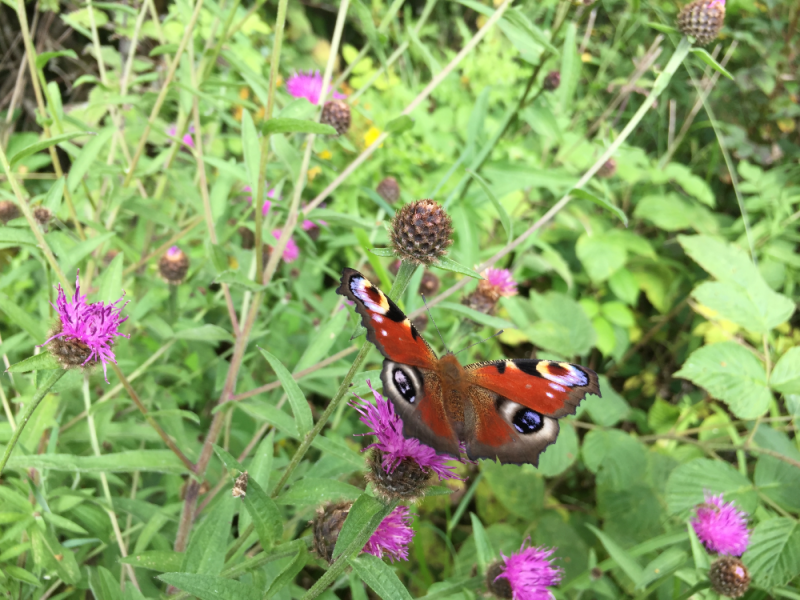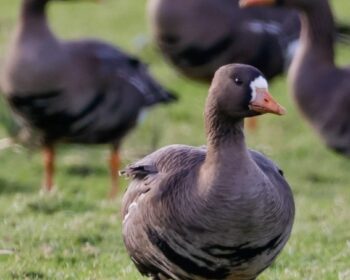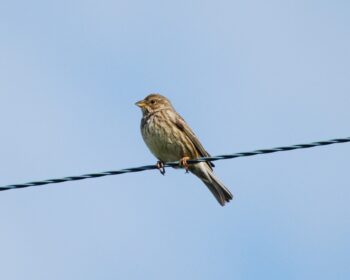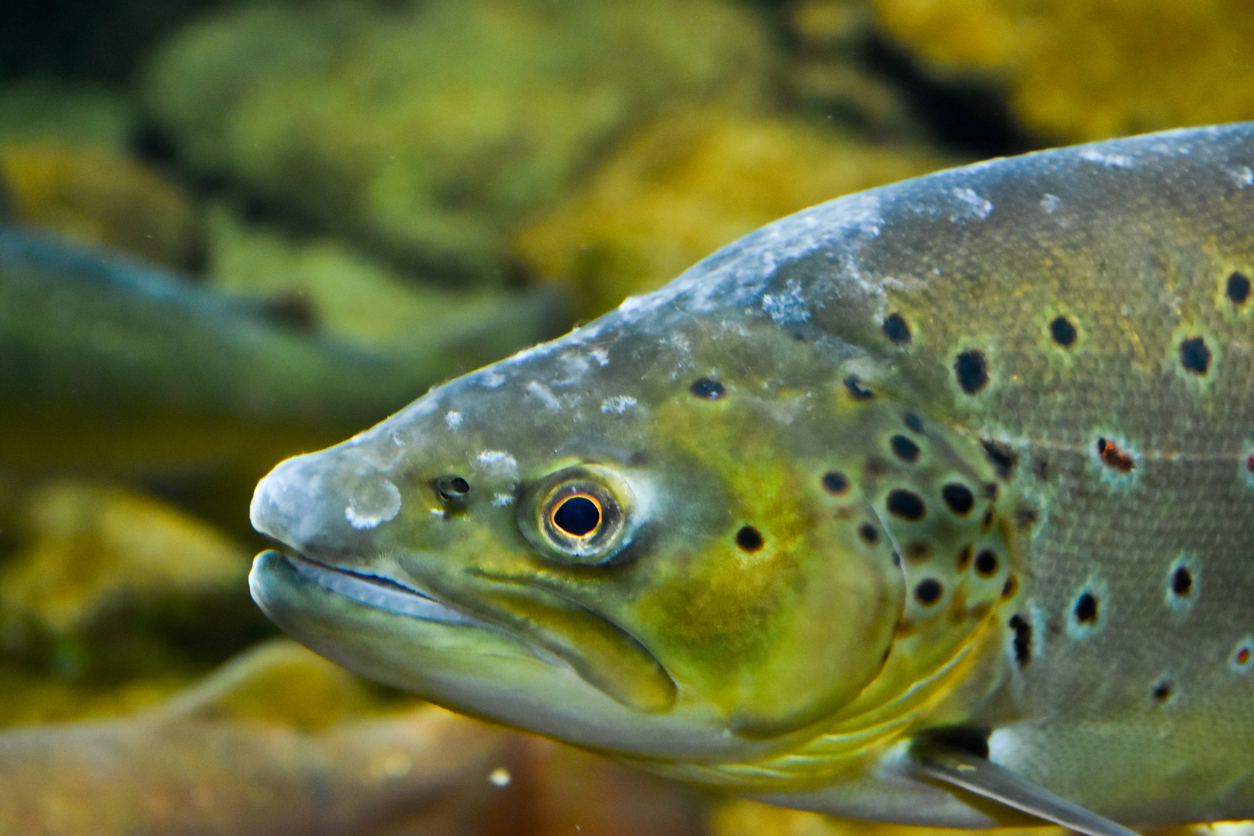Biodiversity On Your Farm
As modern agriculture has a large focus on production, biodiversity has seen a decline over the years as farmers have utilised much of their land. This decline in biodiversity has now been identified as an environmental emergency with a focus now on enhancing the biodiversity on farmland.
As a result farmers and land managers are under increasing pressure to deliver more from the land they manage. You must balance food production with multiple other goals, from nutrient and carbon budgeting to protecting watercourses from diffuse pollution, all at the same time as conserving farmland wildlife.
Small measures with significant impact
As modern agriculture has a large focus on production, biodiversity has seen a decline over the years as farmers have utilised much of their land. This decline in biodiversity has now been identified as an environmental emergency with a focus now on enhancing the biodiversity on farmland.
As a result farmers and land managers are under increasing pressure to deliver more from the land they manage. You must balance food production with multiple other goals, from nutrient and carbon budgeting to protecting watercourses from diffuse pollution, all at the same time as conserving farmland wildlife.

Biodiversity Audits
A Biodiversity Audit can be one of two plans required for the Whole Farm Plan from 2025 onwards. More information on the Whole Farm Plan can be found on our Preparing for the Future page, or the Scottish Government website.
Technology & Conservation Management
Thermal Imaging
Thermal imaging is a non-invasive technology that uses special cameras to detect the infra-red heat given off by objects. Originally developed for the military, the technology has since been adapted for civilian use, particularly hunting, buildings diagnostics (detecting heat loss) and, in recent years, wildlife observation.
This article considers some of the reasons why thermal imaging might be useful for land managers and looks at the technology currently available and how it can be used. Read more >>
Bio-Acoustic Monitoring
Bio-acoustic monitoring is the recording and automated identification of animal calls (most commonly birds or bats but can also include insects and frogs) to provide information on the species using a particular area of land.
This article will take you through the reasons why you might want to set up monitoring on your own land, as well as information on some of the available tools and how to get set up on your land if you decide to go ahead. Read more >>
Supporting Birds And Insects
Many environmentally friendly management practices are targeted to enhance farmland for birds and beneficial insects. Farmland birds not only bring our countryside alive with colour and song but also disperse seeds and can help keep pest species at bay. Being highly visual, birds can be an important indicator of farmland health.
We have a series of practical guides and technical notes on biodiversity, all of which can be found here:
Promoting Farmland Birds
Changes to traditional farming practices, increased use of agro-chemicals and loss of semi-natural habitats has contributed to a loss of nesting and feeding sites.
Small changes in farming practices and agri-environmental management can, however, benefit a wide range of farmland birds and help to reverse declines. Farmland birds need:
- Access to invertebrate-rich habitats to feed their chicks during the breeding season.
- Seeds and berries to sustain populations throughout the winter.
- Safe places to nest and rear chicks.
Further resources:
How to provide for birds on arable farms | Helping farmers in Scotland (fas.scot)
How to provide for birds on grassland farms | Helping farmers in Scotland (fas.scot)
How to provide for wading birds | Helping farmers in Scotland (fas.scot)
Collecting On-Farm Biodiversity Data with Bioacoustics
Bio-acoustic Monitoring Solutions for Land Managers
Thermal Imaging for Biodiversity Monitoring and Land Management
Landscape-Scale Conservation Partnership
Biodiversity conservation is often more effective when implemented across larger areas than a single farm. Collaboration within farmer clusters enables farmers to pool resources, share knowledge, and coordinate actions to enhance biodiversity at a landscape-scale. It can also help foster a sense of community and shared responsibility for the environment. This is particularly important when habitats and species extend or move across farm boundaries.
In these case studies, we look at the Greenland white-fronted goose and the Corn Bunting.
Supporting Bats
Scotland is home to 10 different species of bat, all of which can be found on your farm or croft. Bats play an important part of the farming landscape, and it is important to support them for biodiversity and pest control. Below we have some resources on bat identification, their habitats, and what you can do to support them.
Bats and Biodiversity | Helping farmers in Scotland (fas.scot)
Making a Home for Bats on Your Croft | Helping farmers in Scotland (fas.scot)
Increasing Wild Pollinators
The loss of traditionally managed flower-rich habitats, such as hay meadows, species-rich grasslands, and hedgerows, is a primary driver of wild pollinator declines. Scotland's farming systems shape our countryside and have great potential to help provide resources for economically important pollinators. To help increase important resources for pollinators on farmland:
- Provide a variety of flowering plants to ensure a continuous supply of pollen and nectar throughout the pollinator activity period: typically March to September in Scotland.
- Leave areas of rough, tussocky grass to provide bumblebee nesting sites and overwintering sites for a range of species.
- Create South or South-east facing banks of bare ground to provide nesting opportunities for ground-nesting mining bees.
- Provide nesting opportunities for cavity-nesting bees for example drystone dykes, woodland edges and old plant stems.
- Provide decaying matter (e.g. rotting wood, dung, and stagnant water) as habitat for hoverfly larvae that feed on decaying organic matter.
- Adopt an Integrated Pest Management (IPM) regime to better target the application of agro-chemicals.
Further Resources
How to increase wild pollinators on your farm | Helping farmers in Scotland (fas.scot)
Monitoring Pollinators On Your Farm | Helping farmers in Scotland (fas.scot)
Managed pollinators such as honey bees | Helping farmers in Scotland (fas.scot)
Protecting Aquatic Species
How Land Managers Can Protect Atlantic Salmon
Atlantic salmon are iconic of Scotland’s rivers and lochs — a keystone species whose health reflects the condition of our upland catchments. Their populations face growing pressures, but land managers in Scotland’s uplands can play a key role in their recovery and the wider resilience of our freshwater environments. Read more >>
Sign up to the FAS newsletter
Receive updates on news, events and publications from Scotland’s Farm Advisory Service



